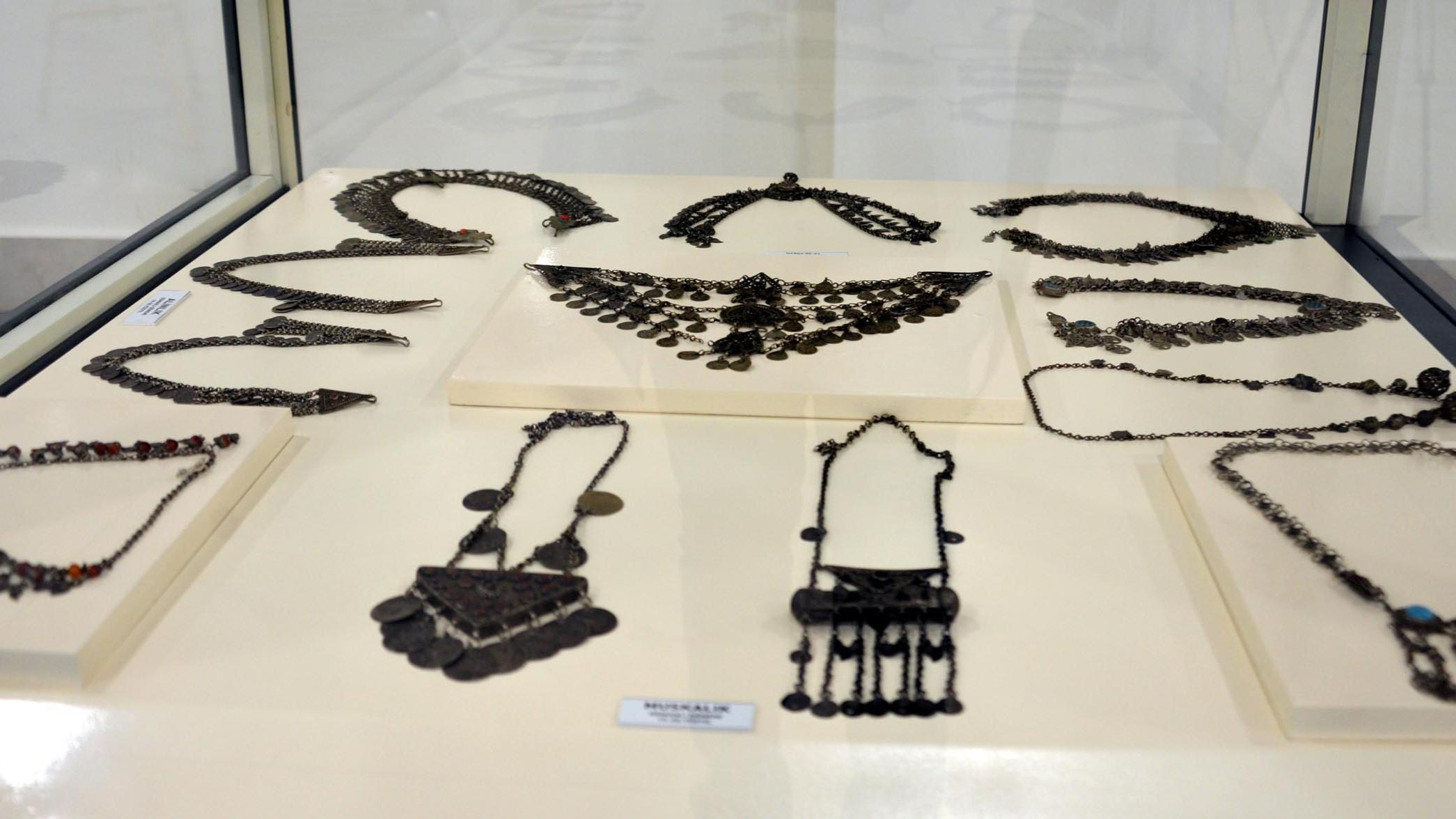
Erzurum Museum has unveiled 175 artifacts, many of which have never been displayed before, including jewelry dating back 3,500 years, in an exhibition offering a window into various civilizations that lived in the region.
The exhibition is part of a broader effort by the Erzurum Museum Directorate to display more than 20,000 artifacts currently stored in its collection.
Led by Archaeologist Gülşah Altunkaynak, the museum has undertaken a project to showcase the long-hidden artifacts.
The focus this year is on metal jewelry and ornaments, with pieces from the Urartian, Hellenistic, Roman and Ottoman periods. The artifacts have been cleaned, maintained and restored in a specialized lab before being put on display.
The collection includes a variety of jewelry, such as mushroom-headed and large ornamental pins, which highlight the design styles of their time.
“We started from 1500 B.C. and took a chronological approach from the earliest period, especially with the ornamental pins we call ‘bud-headed,’ followed by mushroom-headed, large-sized ornamental pins,” Altunkaynak explained.
“We continued with Urartian jewelry and belts. After the jewelry of the Roman and Hellenistic period, we evaluated the 20th century with bracelets, necklaces and belts belonging to the Ottoman period.”
The exhibition aims to show how aesthetic tastes and craftsmanship have evolved over thousands of years.
“We want to demonstrate how visual styles have developed and how they continue to influence today,” Altunkaya noted. “Especially Urartu has a very rich jewelry culture and tradition.”
A significant part of the display includes Ottoman jewelry.
“The craftsmanship is truly impressive,” Altunkaynak said. “These pieces show how jewelry has maintained its importance in human culture, from ancient times to today.”
Erzurum Museum Director Hüsnü Genç shared plans for future exhibitions, stating that different collections will be displayed each year to provide new insights into cultural history.
“This is just the beginning,” Genç stated.